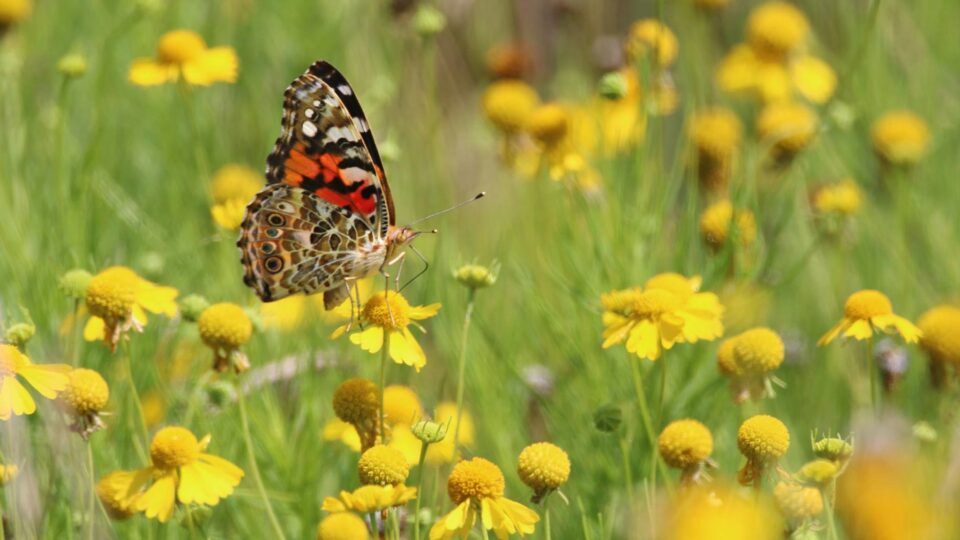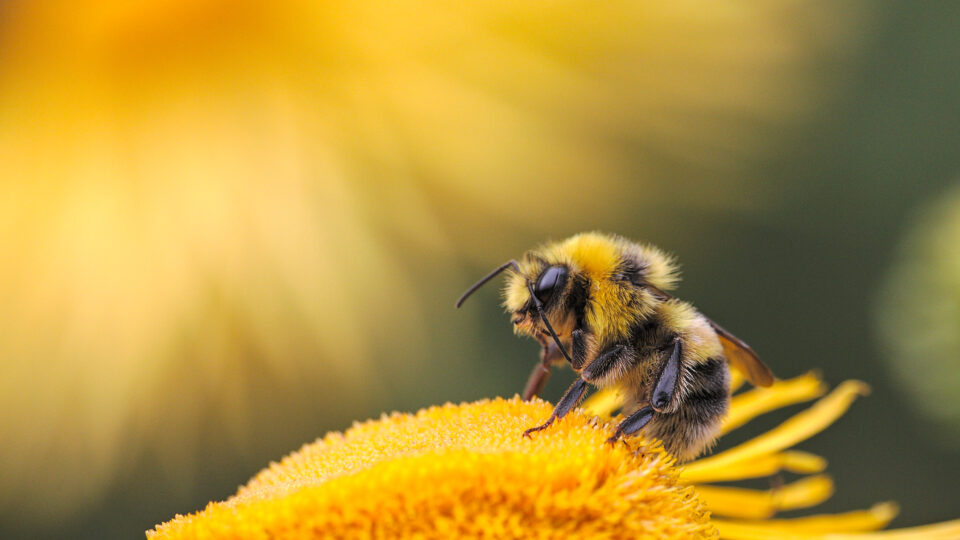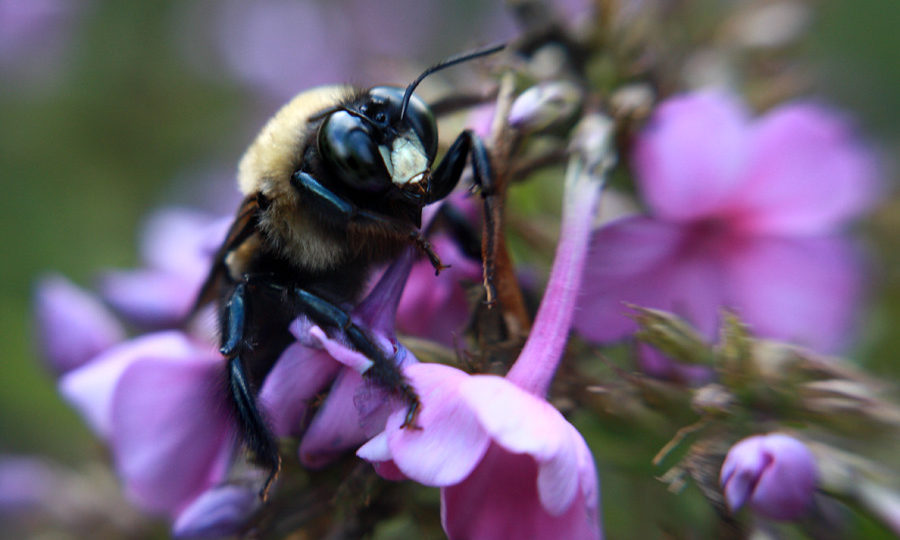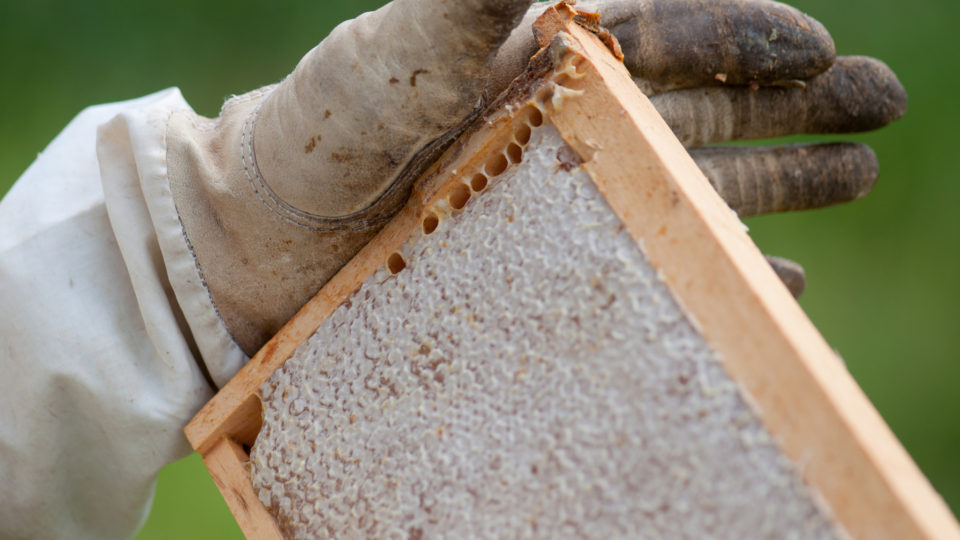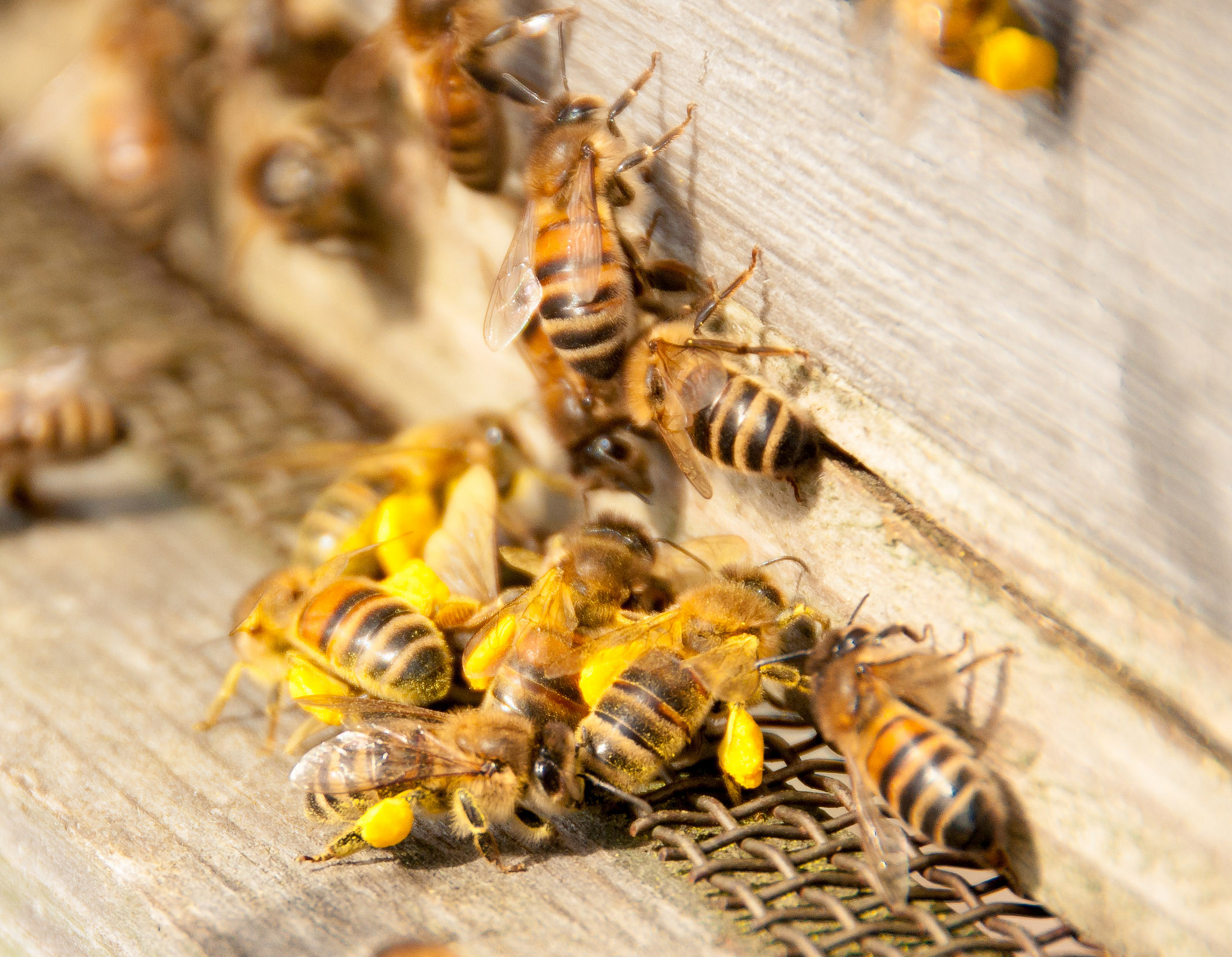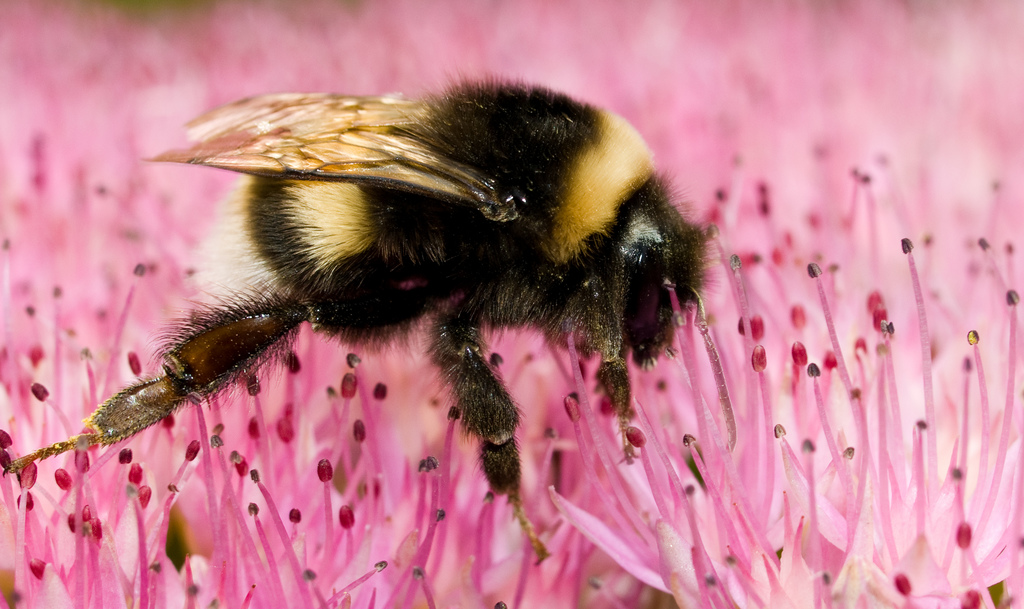Pollinators of all sorts have been in decline for a while. This is especially true of bees, bats, and monarch butterflies. Without pollinators, fruits, vegetables, and other plants cannot provide their contributions to our food supply. According to experts, about 30% of the food that ends up on our tables gets there because of pollinators.
Bees are the most efficient pollinators, but plenty of other insects do their share as well. Butterflies and months, flies, beetles, and wasps all are good pollinators. In addition to insects, birds and bats can also be pollinators.
Entomologists at Texas A&M University have offered some science-based advice for homeowners who want to keep pollinators around and thriving during the summer months.
Pollinators need flowers that bloom at different times of the year. So, home gardens should overlap blooms. Native and drought-tolerant species are good additions to a garden or landscape.
Colorful gardens attract more pollinators because different pollinators are attracted to different colors. Bumblebees like blues and purples; other bees are attracted to yellows and whites. Butterflies like bright colors like oranges and pinks.
Plant flowers with different shapes and sizes because pollinators flower preferences come in all shapes and sizes.
Provide shelter for pollinators. Houses for bees and other pollinators are available for purchase. Or people can make their own using plastic tubes.
And probably most importantly, go easy on pesticides. If it is really necessary to apply pesticides, do it in the evening when most pollinators have called it a day.
Having a colorful garden with lots of variety is a fine addition to one’s home. Beyond that, it is a valuable contribution to helping preserve essential pollinators.
**********
Web Links
Top Five Tips For Supporting Pollinators This Summer
Photo, posted August 14, 2017, courtesy of USFWS Midwest Region via Flickr.
Earth Wise is a production of WAMC Northeast Public Radio
